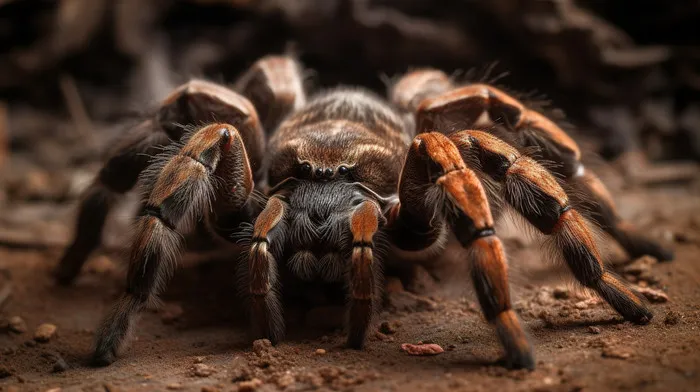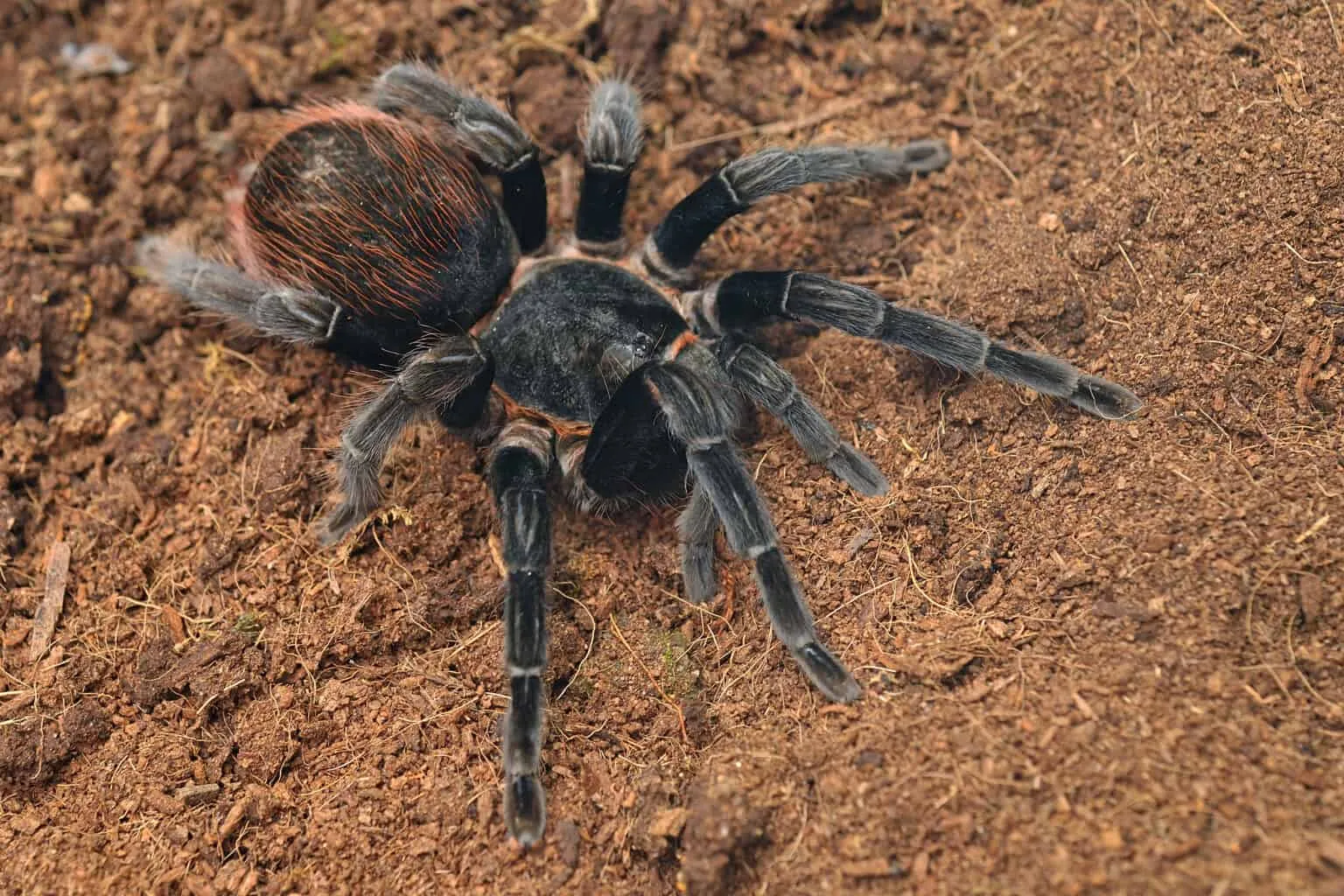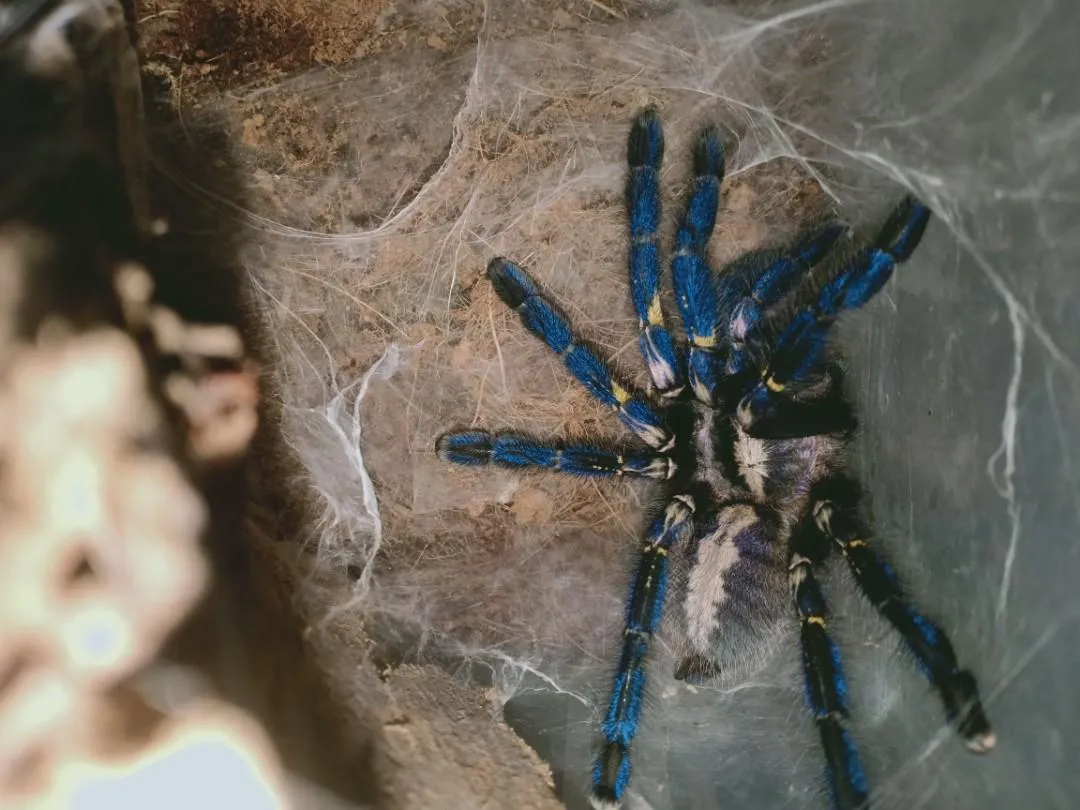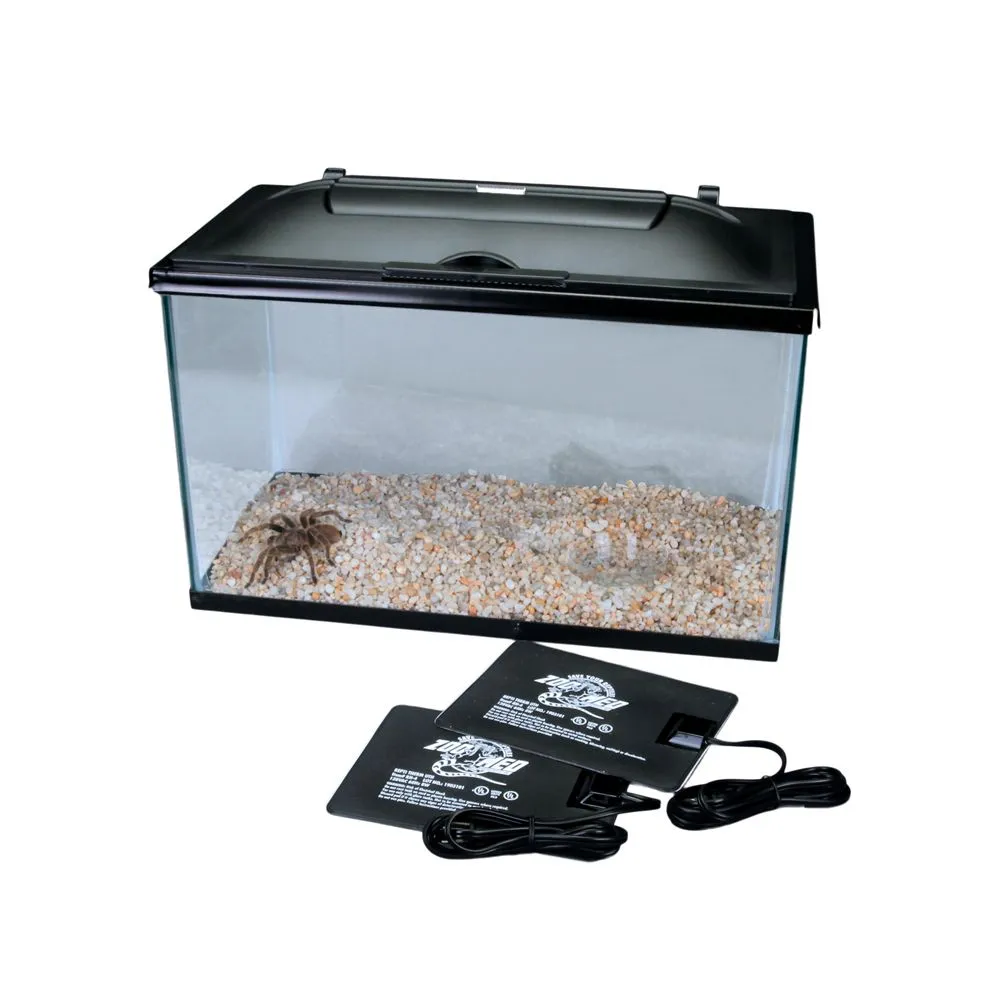Top 5 Tarantula Habitat Secrets Revealed
Creating the perfect tarantula habitat is crucial for the health and happiness of your eight-legged friend. A well-designed enclosure mimics the tarantula’s natural environment, providing the necessary conditions for it to thrive. This guide will delve into the top five secrets of a successful tarantula habitat, covering everything from substrate and humidity to temperature and furnishings. By understanding these key elements, you can ensure your tarantula lives a long, healthy, and stress-free life. The information below will help you with your pet, whether you are a beginner or an expert. Remember to always research the specific needs of your tarantula species, as requirements can vary.
The Importance of Substrate
Substrate is the foundation of any good tarantula habitat, serving multiple vital functions. It provides a surface for the tarantula to walk on, burrow in (for terrestrial species), and helps maintain humidity levels. The right substrate also contributes to the overall aesthetic of the enclosure, making it look more natural and appealing. The substrate should be deep enough to allow for burrowing, if the species requires it. Proper substrate selection can also help with waste management and prevent the buildup of harmful bacteria and mold, which is essential for the tarantula’s health. The choice of substrate is fundamental to the well-being of your tarantula.
Ideal Substrate Choices

Choosing the right substrate involves considering the tarantula’s natural habitat and its specific needs. For many terrestrial species, a mix of coconut fiber, peat moss, and a small amount of vermiculite is ideal. Coconut fiber provides excellent moisture retention and is readily available, while peat moss adds acidity, which can help prevent mold growth. Vermiculite aids in aeration, preventing the substrate from becoming compacted. Avoid substrates like sand, as they can be abrasive and difficult for tarantulas to burrow in. Always ensure the substrate is clean and free of any chemicals or additives that could harm your pet. Remember that the correct substrate is key for tarantula comfort and survival.
Maintaining Humidity Levels
Humidity is a critical factor in a tarantula’s habitat, as it directly impacts its ability to molt successfully. Low humidity can lead to failed molts, which can be fatal. Different tarantula species have varying humidity requirements; for instance, tropical species typically require higher humidity levels than those from drier climates. Monitoring humidity is essential, and using a hygrometer to measure the humidity level inside the enclosure is highly recommended. Regular misting or providing a water dish can help maintain the desired humidity range. Careful attention to humidity is one of the most critical elements in effective tarantula care.
Methods for Humidity Control
Several methods can be employed to maintain appropriate humidity levels in a tarantula enclosure. Misting the enclosure with dechlorinated water, especially during the molting period, is a common practice. The frequency of misting depends on the species and the ambient humidity. A water dish filled with fresh water is also essential, as it provides a constant source of humidity through evaporation. The size and placement of the water dish can influence humidity levels, with larger dishes contributing more to the overall humidity. Covering part of the enclosure’s ventilation with tape or plastic wrap can also help retain moisture. Regular monitoring and adjustment are key to maintaining the right humidity.
Temperature Regulation

Temperature plays a significant role in a tarantula’s metabolism, activity level, and overall well-being. Tarantulas are ectothermic, meaning they rely on external heat sources to regulate their body temperature. Providing the correct temperature range is essential for proper digestion, growth, and reproduction. The ideal temperature often varies depending on the species and its natural habitat. Maintaining a consistent temperature is vital, and avoiding drastic fluctuations is crucial for the tarantula’s health. Keep in mind the temperature recommendations for your specific species when designing its habitat.
Optimal Temperature Ranges
Generally, most tarantula species thrive in temperatures between 75°F and 85°F (24°C and 29°C). However, it’s crucial to research the specific temperature requirements for your tarantula species. Using a thermometer to monitor the enclosure’s temperature is essential. For species that need warmer environments, you might use a heat mat placed on the side or back of the enclosure, never directly under the enclosure. Always ensure that the heat source does not overheat the enclosure, which could be fatal. Keep the temperature consistent throughout the day and night. Providing the correct temperature range contributes directly to the tarantula’s health.
Essential Enclosure Furnishings
Furnishings are not just decorative; they are essential for a tarantula’s well-being. They provide hiding places, enrichment, and a sense of security, which can significantly reduce stress. Proper furnishings mimic the tarantula’s natural environment and encourage natural behaviors. The type of furnishings will vary depending on the species and whether it is terrestrial, arboreal, or fossorial. Thoughtfully chosen furnishings contribute greatly to a tarantula’s quality of life.
Hiding Spots and Decor

Providing hiding spots is a fundamental aspect of tarantula habitat design. Cork bark, half logs, or artificial hides are excellent choices, as they offer a safe retreat where the tarantula can feel secure. The hide should be appropriately sized for the tarantula. Decor can also enhance the enclosure, but it should be chosen with safety in mind. Avoid sharp objects or anything that could potentially harm the tarantula. Consider adding live or artificial plants to provide additional hiding places and aesthetic appeal. Remember that a secure and stimulating environment is vital for a tarantula’s well-being. Make sure to keep the enclosure easy to clean and maintain.
Feeding and Watering Considerations
Proper feeding and watering are essential aspects of tarantula care. Tarantulas are opportunistic predators, and their diet consists primarily of insects. Providing a balanced diet and access to fresh water are critical for their health and longevity. The frequency of feeding and the type of insects will vary based on the tarantula’s size and species. Understanding your tarantula’s dietary requirements and providing clean water are crucial for its well-being.
Water Dish and Feeding Schedule
A shallow water dish is essential to ensure the tarantula has access to fresh water at all times. The dish should be easily accessible and small enough that the tarantula cannot fall in and drown. Feeding frequency depends on the tarantula’s age and size. Spiderlings often need to be fed more frequently than adults. A general guideline is to feed juveniles once or twice a week, while adults may only need to be fed once every one to two weeks. Ensure the insects you feed your tarantula are gut-loaded before feeding. This will provide them with important nutrients and keep your spider healthy. Remove any uneaten prey within 24 hours to prevent stress and mold growth. Watch your tarantula’s abdomen to ensure it is well-fed.
In conclusion, creating a thriving tarantula habitat involves understanding the specific needs of your spider and providing a balanced environment. By following these top five secrets, you can significantly enhance the well-being of your tarantula, ensuring it lives a happy and healthy life. Remember to continuously research and adapt your care to meet your tarantula’s evolving needs. Happy spider keeping!
